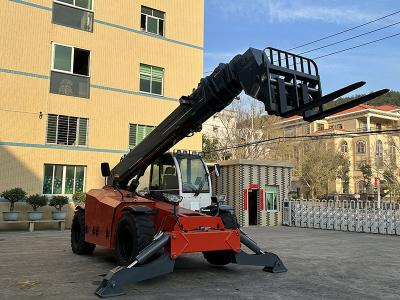According to the use environment of forklifts, they can usually be divided into two categories: indoor and outdoor. Outdoor forklifts are usually large-tonnage diesel, gasoline or liquefied gas forklifts, such as container forklifts and cranes used in docks or container transfer stations. Indoor forklifts are basically battery vehicles. Now the world's major forklift manufacturers can provide hundreds of specifications of products. We usually divide these different specifications into several series:
*Hand Pallet Trucks
*Power Pallet Trucks
*Support Arm Stacker can be divided into three types: self-propelled, stand-up, and seated
*Electric Counterbalance Truck
*Diesel/LPG Counterbalance Truck
*Reach Forklift
*High Rack Stacker
*Order Pickers
Each of the above series has its most suitable occasions and environments, and there are overlapping parts in some functions, such as counterbalance forklifts, reach forklifts, and high rack stackers can all be used for storage and retrieval of shelf areas, so what benefits will users get from choosing which model?
Let's take a simple example: suppose that in such a warehouse, each pallet of goods stored must be accessible at any time, so they must be placed on both sides of the forklift channel. Considering only the plane area, let's take a look at the plane utilization rate of different types of forklifts in this warehouse.
* If the channel width of the forklift used is roughly equal to the length of the carrier (1500m), the plane utilization rate can reach 66%,
* If the channel width of the forklift used is equivalent to twice the length of the carrier (2700mm), the plane utilization rate can reach 50%,
* If the channel width of the forklift used requires three times the length of the carrier (3500m), the plane utilization rate can reach 40%,
Obviously, assuming that the plane area of goods to be stored in this warehouse is 10002, then in the first case, 1000/0.66=1515m2 of land is required. This situation is equivalent to the solution of using a high-bay stacker or a rail stacker.
In the second case, 1000/0.50=2000m2 of land is required. Equivalent to the case of using a reach forklift.




















